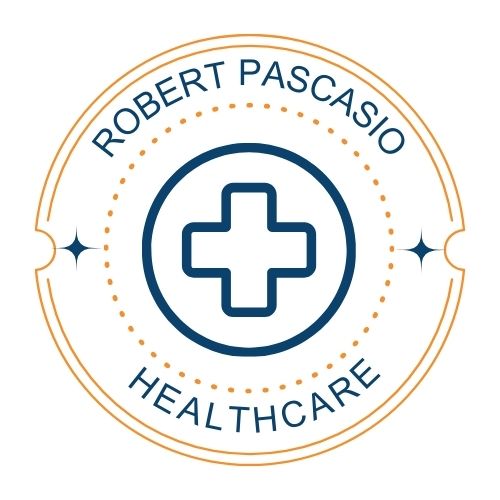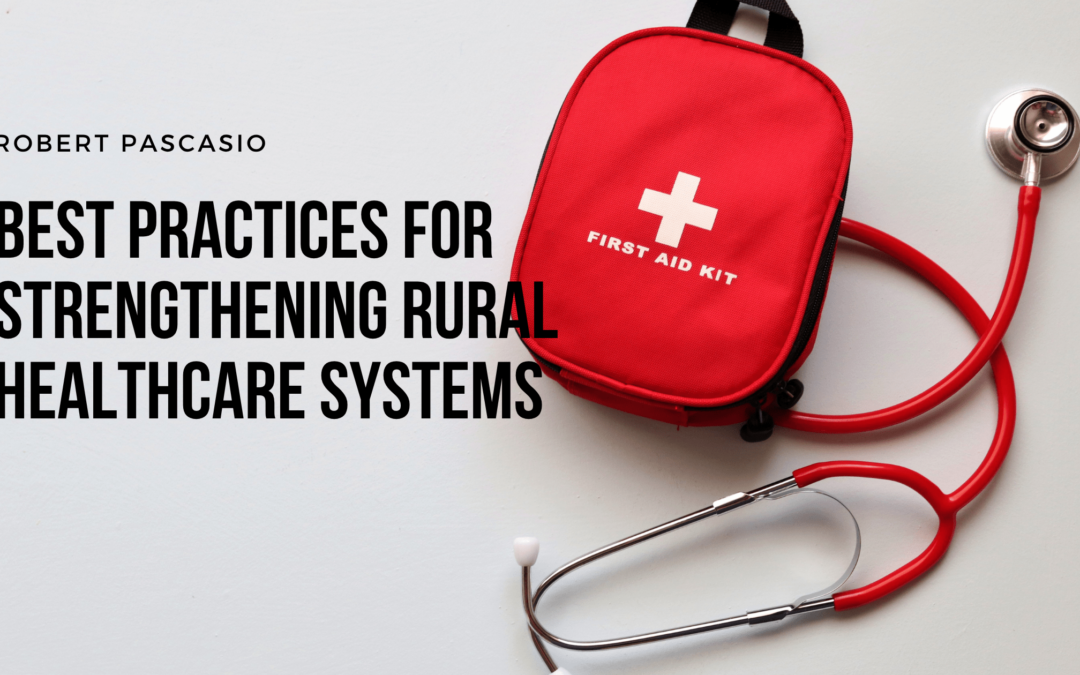Rural healthcare plays a vital role in ensuring the well-being of millions living in remote and underserved areas. However, challenges like limited infrastructure, workforce shortages, and restricted access to specialized care often create gaps in the system. To address these issues, several best practices have emerged that can guide sustainable improvements in rural healthcare delivery.
- Telehealth Integration
One of the most transformative solutions in rural healthcare is the integration of telehealth services. By enabling virtual consultations, rural clinics can connect patients with specialists, reduce unnecessary travel, and provide timely interventions. For chronic disease management and mental health services in particular, telehealth offers a lifeline that can bridge the accessibility gap.
- Community Health Worker Programs
Local community health workers (CHWs) are invaluable assets in rural regions. Trained to provide health education, preventive screenings, and care coordination, CHWs act as a trusted bridge between rural residents and formal health systems. Their cultural competency and community ties make care delivery more effective and empathetic.
- Mobile Health Clinics
Deploying mobile health units equipped with diagnostic tools, vaccines, and primary care services can help reach isolated populations. These clinics are especially useful during immunization drives or public health emergencies and serve as a flexible extension of the primary healthcare network.
- Workforce Development and Retention
Recruiting and retaining skilled healthcare professionals in rural areas requires targeted strategies. Offering incentives such as loan forgiveness, housing support, and continuing education opportunities can encourage medical professionals to practice in rural settings. Additionally, investing in local training programs ensures a steady pipeline of rural-ready health workers.
- Data-Driven Planning
Using data to identify healthcare trends and gaps allows rural health systems to allocate resources effectively. From tracking disease outbreaks to understanding community health needs, data can drive smarter decision-making and more impactful interventions.
Improving rural healthcare is not a one-size-fits-all effort—it requires a mix of innovation, community engagement, and smart policy. By focusing on scalable best practices like telehealth, CHWs, mobile clinics, workforce support, and data-driven planning, we can build a more resilient and equitable healthcare system for rural populations.

